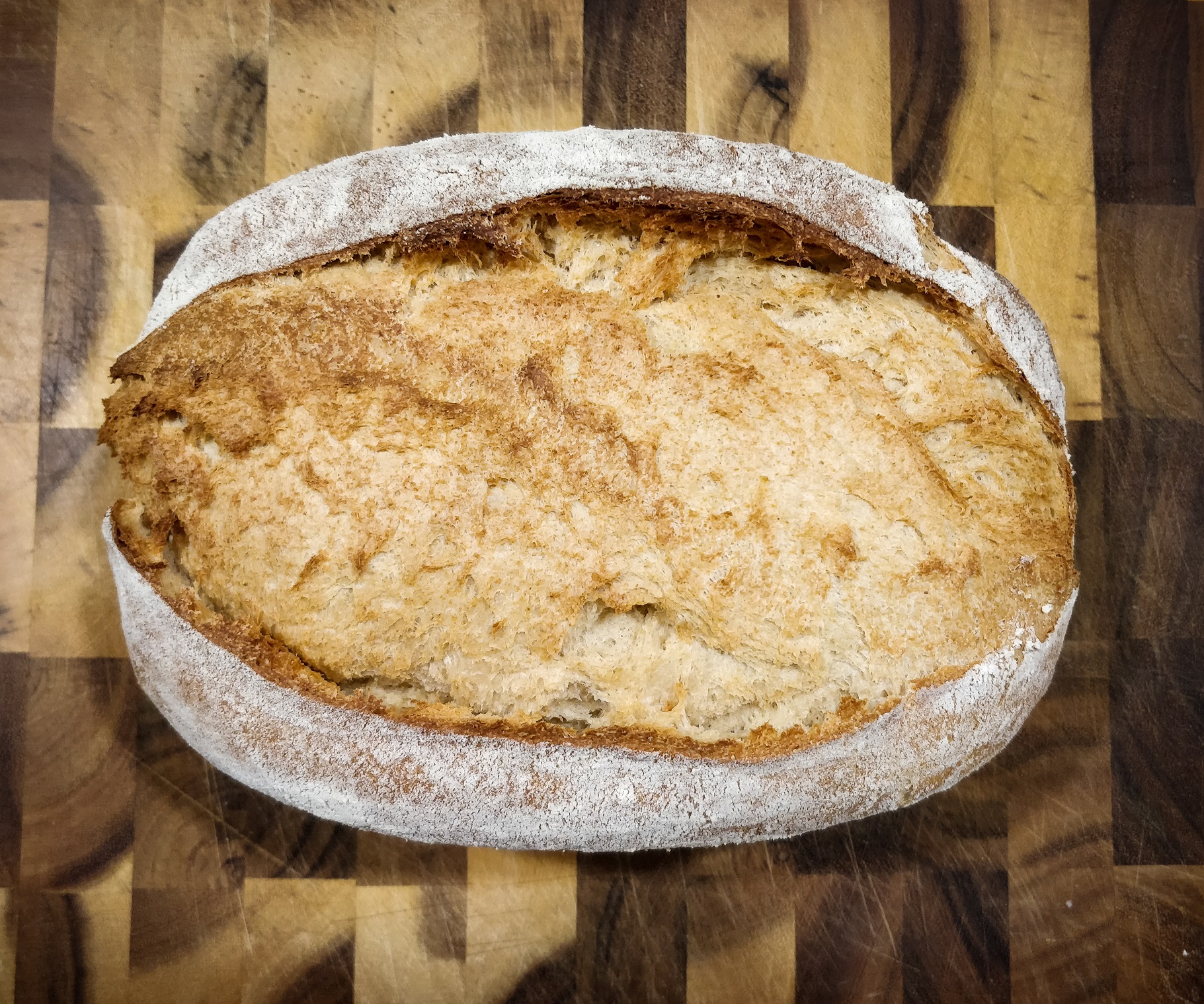
Improving crumb strength on super soft sandwich loafs


I've been whipping up this recipe I created with various flours and am wanting to improve the crumb strength whilst keeping the loaf super soft.
The recipe is
550g Wholemeal Bakers Flour (or 50% white bakers flour, 25% wholemeal bakers, 25% rye) I've done it in both variations with very similar results.
8g sugar
8g salt
7g dry yeast
5g bread improver (mostly soy flour)
1/8 tspn ascorbic acid
23g milk powder
25g melted butter
1 egg (50g)
310g warm water
mix it all up in a stand mixer and knead in the mixer for roughly 10 minutes (I just assess on window pain test and ensure its pulling up cleanly from the bowl).
Proof for 45 minutes
Shape into taught ball then into a loaf shape (tried both rolling flat and roll/pinch method, and also the dragging towards me with a bench scraper method)
put in loaf pan, sprinkle with rice flour and cover with cling film.
Preheat oven to 200c and Let rise for 25 minutes
5 minutes before proof is finished i pour some water in bottom of oven to create steam.
score loaf down the middle and place in the middle rack of oven for 30 minutes
10 minutes in, add a bit more water into bottom of oven for more steam.
The breads simple as to make and pretty fool proof. Comes out wonderfully soft and fluffy with excellent oven rise (could probably rest slightly longer than the 25 minutes but the oven rise is more than enough already).
Issue is, I love to eat my bread as toast, the crumb is very soft but isn't as structurally tight as say, a hokkaido milk bread and is difficult to put butter/spread on without tearing the bread apart a bit.
What techniques/changes can I make to improve the crumb strength whilst maintaining a super soft loaf? Are these things contradictory to one another?


You're using <4% fat. That's about the nadir level of dough strength*. At that point, there is a mix of protein and lipid alveoli walls, which are weaker than either alone. Since you want to keep the soft crumb, increase the fat content to 5%<10%. You want to use saturated or monounsaturated fat, e.g. butter, lard, coconut oil, olive oil or canola oil (though I despise the aroma and taste of canola). Seed oils are polyunsaturated and do not improve dough strength.
You may also want to increase your kneading time, say to 12–15 minutes. You should have a very strong window-pane for sandwich bread.
gary
* Buehler, Emily PhD chem "Bread Science, the Chemistry and Craft of Making Bread" 2006
Thanks for the tip.
So, would the Egg and Milk Powder not count in that fat percentage?
Easy enough increasing the amount of butter though. I'll try kneading a little longer though I do get it to a pretty strong window pane already. Just cautious of overkneading (i've done it before), I guess at the point where its no longer sticking to the bowl i'll knead it 1 more minute keeping a close eye on it to see that its not getting sticky again.
Dry milk is rarely made of any but non-fat skim milk, and eggs have relatively little fat. Its lecithin is mostly for binding water and fat together so staling is delayed. The eggs do contribute to the hydration. If eggs do contribute to a longer shelf life, they do, imo, subtract from the mouth feel. If my bread is around long enough to stale, I toast it, and the starch is re-gelled.
The milk solids, eggs, fats and sugars (if any) cause the dough to require more kneading than lean doughs to develop the same gluten strength.
Regarding the window, if you can press your fingers against the pane and see your fingerprints, you probably have kneaded enough. If you have a significant ratio of rye, and 25% is significant, you may not have enough total gluten to get the dough as strong as you'd like.
g
Going forward i'll probably stick to the 100% wholemeal bakers flour (its 13-14% protein).
I'll try upping the butter to 45g and kneading longer and report back.
Is there any special techniques for shaping that could improve crumb strength too?
(It is possible to make dry milk with the fat kept in, but then it spoils quickly, and in most cases that would be defeating the purpose.)
I could always use full cream milk but I want this recipe to be quick and easy and scolding the milk adds time and effort.
Another technique you could employ is to cut the moulded dough piece into 3 or 4 pieces and rotate 90 degrees and place the pieces sideways in the bread pan as the big bread companies do, This is said to improve the slicing as well as the reflection of light giving a greater appearance of whiteness.
essentially like this?
https://dessertfirstgirl.com/images/2015/02/484/milk-bread-side.jpg
I was thinking of that. I might give that a go. Not the biggest fan of it as its hard to get the portions even and the loafs come out a bit haphazard.
Yes thats the idea, ideal in a pulman pan, weigh them to get eveness